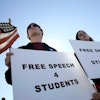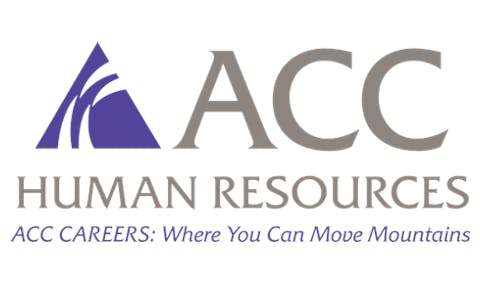
The preliminary projections, based on SEVIS and State Department data, paint a stark picture for higher education institutions that have come to rely heavily on international students for both revenue and academic diversity. The analysis predicts an overall 15% drop in international enrollment for the 2025-26 academic year, which would reverse years of steady growth in this critical sector.
"This analysis, the first to calculate the potential economic impact of fewer international students on cities and towns across the country, should serve as a clarion call to the State Department that it must act," said Dr. Fanta Aw, executive director and CEO of NAFSA. "The immediate economic losses projected here are just the tip of the iceberg."
The projected decline stems from a confluence of policy changes and administrative challenges that have created significant barriers for prospective international students:
Visa Interview Suspension: Between May 27 and June 18, 2025, student visa interviews were paused during the peak issuance season—precisely when students needed to secure visas for fall enrollment. When interviews resumed on June 18, consulates received a directive to implement new social media vetting protocols within five days, but with minimal guidance.
Appointment Bottlenecks: Reports indicate limited or no visa appointment availability in key countries including India, China, Nigeria, and Japan. India and China alone represent the top two sources of international students to the United States, while Nigeria ranks seventh and Japan 13th among sending countries.
Declining Visa Issuance: F-1 student visa issuance dropped 12% from January to April 2025 and plummeted 22% in May 2025 compared to the same period in 2024. While June 2025 data has not been published, the analysis suggests a possible 80-90% decrease based on the identified disruptions.
Travel Restrictions: A June 4, 2025 executive order imposed restrictions on nationals from 19 countries, with reports suggesting another 36 countries could be added. These restrictions alone threaten $3 billion in annual economic contributions and more than 25,000 American jobs.
The economic implications extend far beyond university campuses. International students contributed $46.1 billion to the U.S. economy in 2024-25 and supported nearly 400,000 jobs across various sectors including housing, dining, retail, and transportation.
The projected 15% enrollment decline would reduce international student economic contributions to $39.2 billion in 2025-26, down from an expected $46.1 billion. This represents not just a loss to individual institutions, but to entire communities that have built economic ecosystems around international education.
"Without significant recovery in visa issuance in July and August, up to 150,000 fewer students may arrive this fall," the report warns, highlighting the narrow window remaining for policy corrections.
Beyond immediate economic impacts, education leaders worry about long-term consequences for American higher education's global competitiveness. International students contribute to research innovation, provide diverse perspectives in classrooms, and often remain in the United States after graduation, filling critical roles in STEM fields and other high-demand sectors.
The timing is particularly concerning given increased competition from other English-speaking countries like Canada, Australia, and the United Kingdom, which have positioned themselves as more welcoming alternatives for international students.
To mitigate what NAFSA calls a "devastating outcome," the organization is urging Congress to direct the State Department to take two immediate actions:
- Provide expedited visa appointments and processing for all F-1 and M-1 students and J-1 exchange visitor visa applicants
- Exempt F and M students as well as J exchange visitors from current travel restrictions affecting nationals from 19 countries, while maintaining required background checks and vetting
The report argues that these policy changes could help institutions avoid the projected enrollment cliff and preserve the economic benefits that international students bring to American communities.
For institutions planning fall enrollment, the report suggests the need for contingency planning and advocacy efforts to address visa processing challenges. With the traditional summer months representing the final opportunity for students to secure visas for fall enrollment, time is running short for policy interventions.















